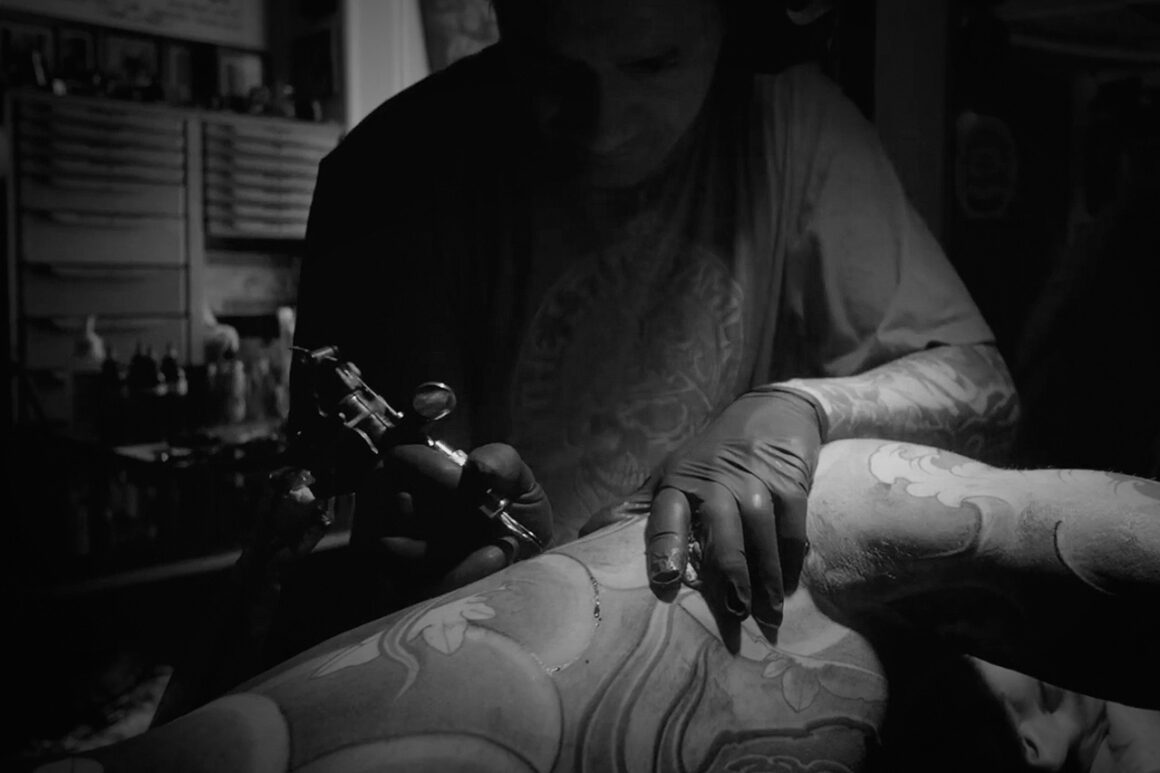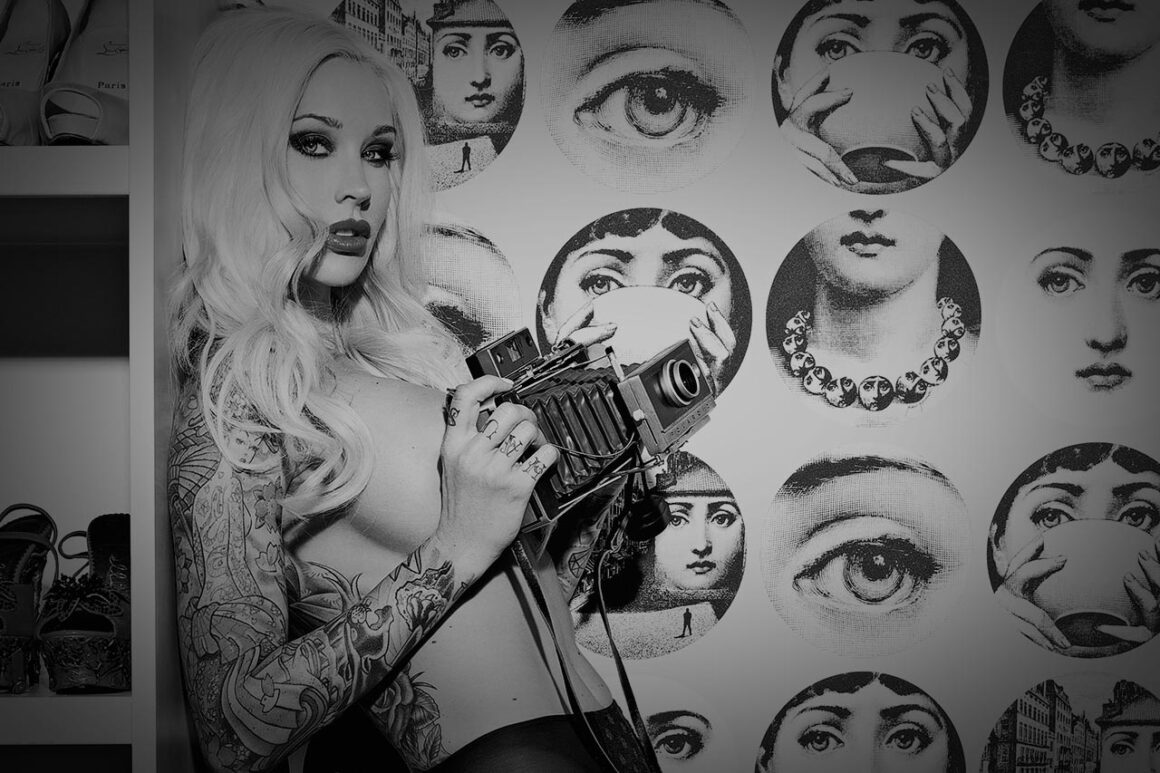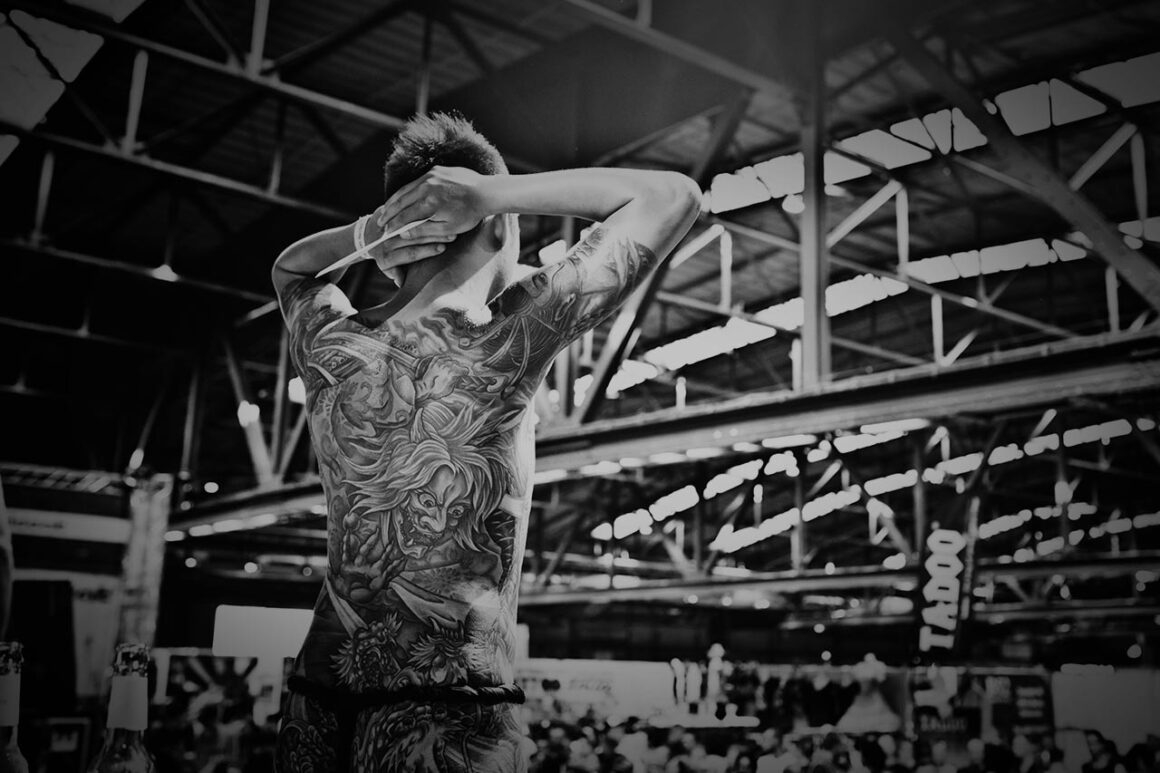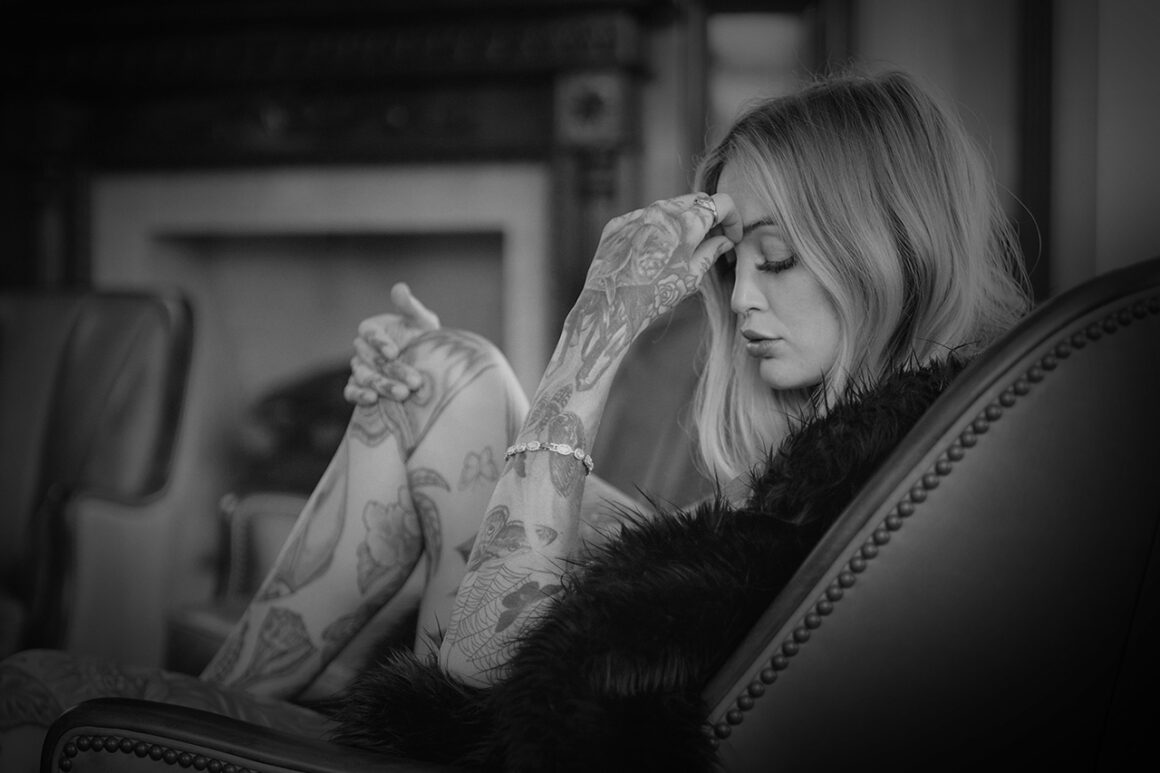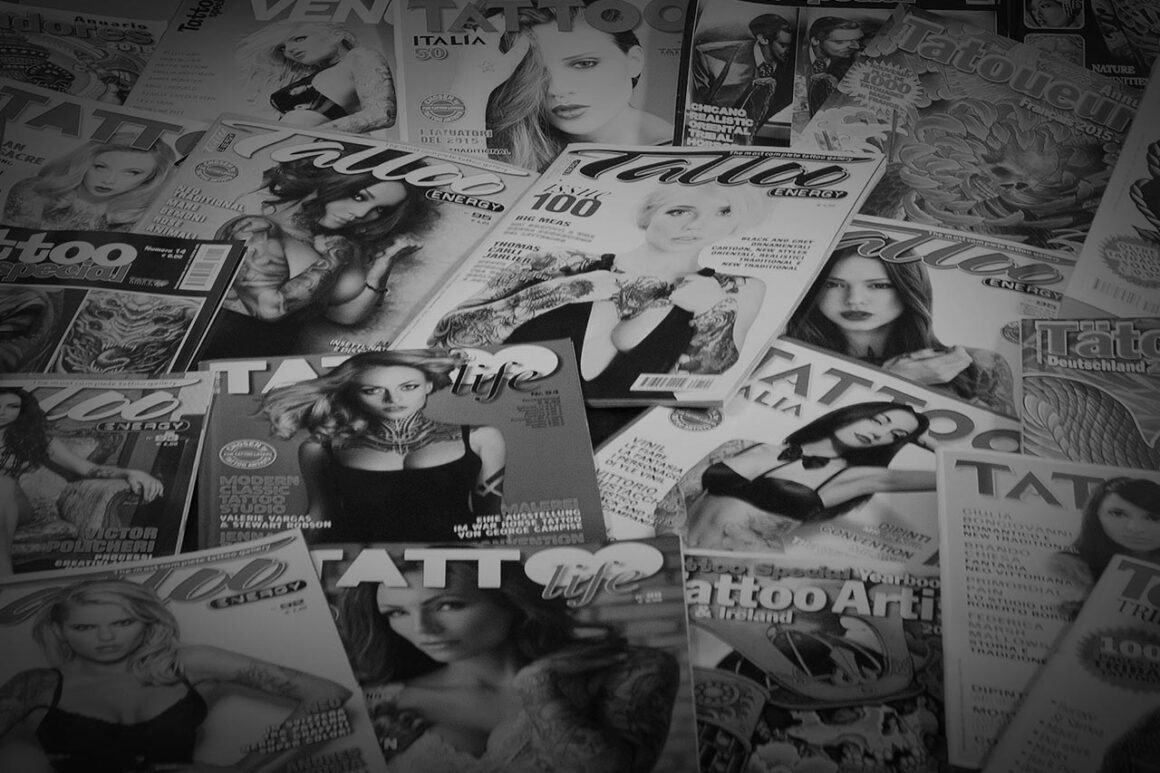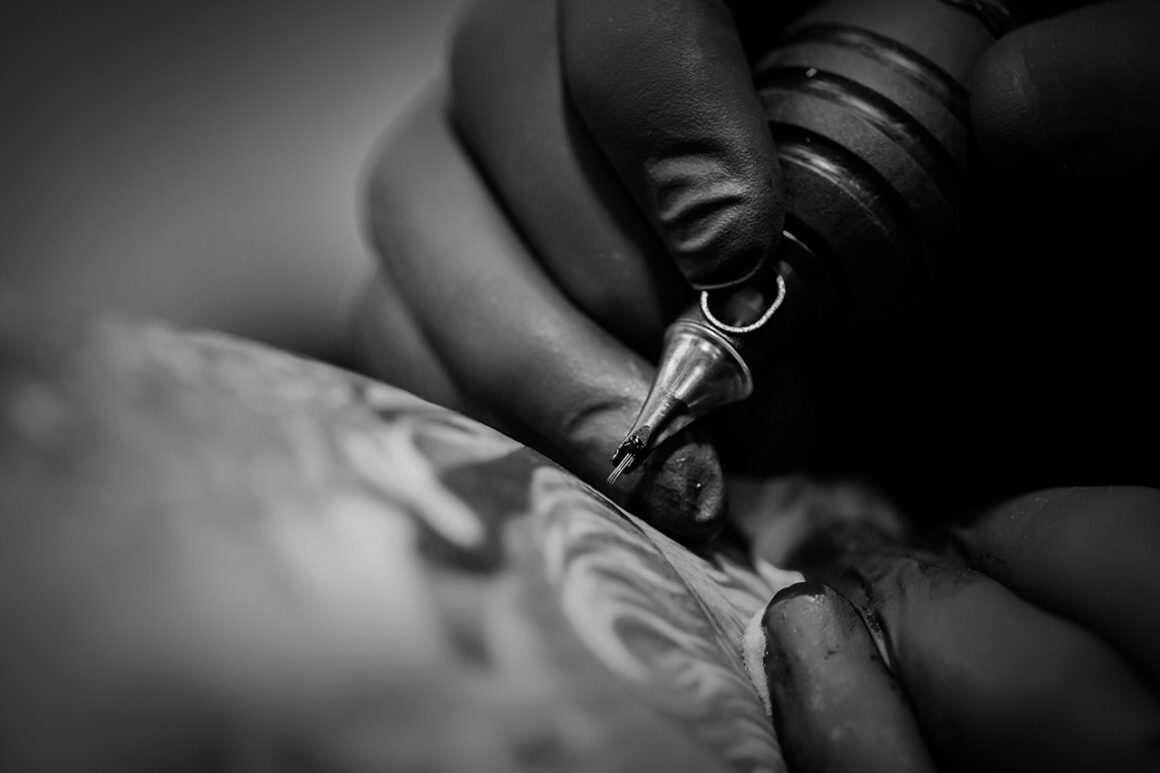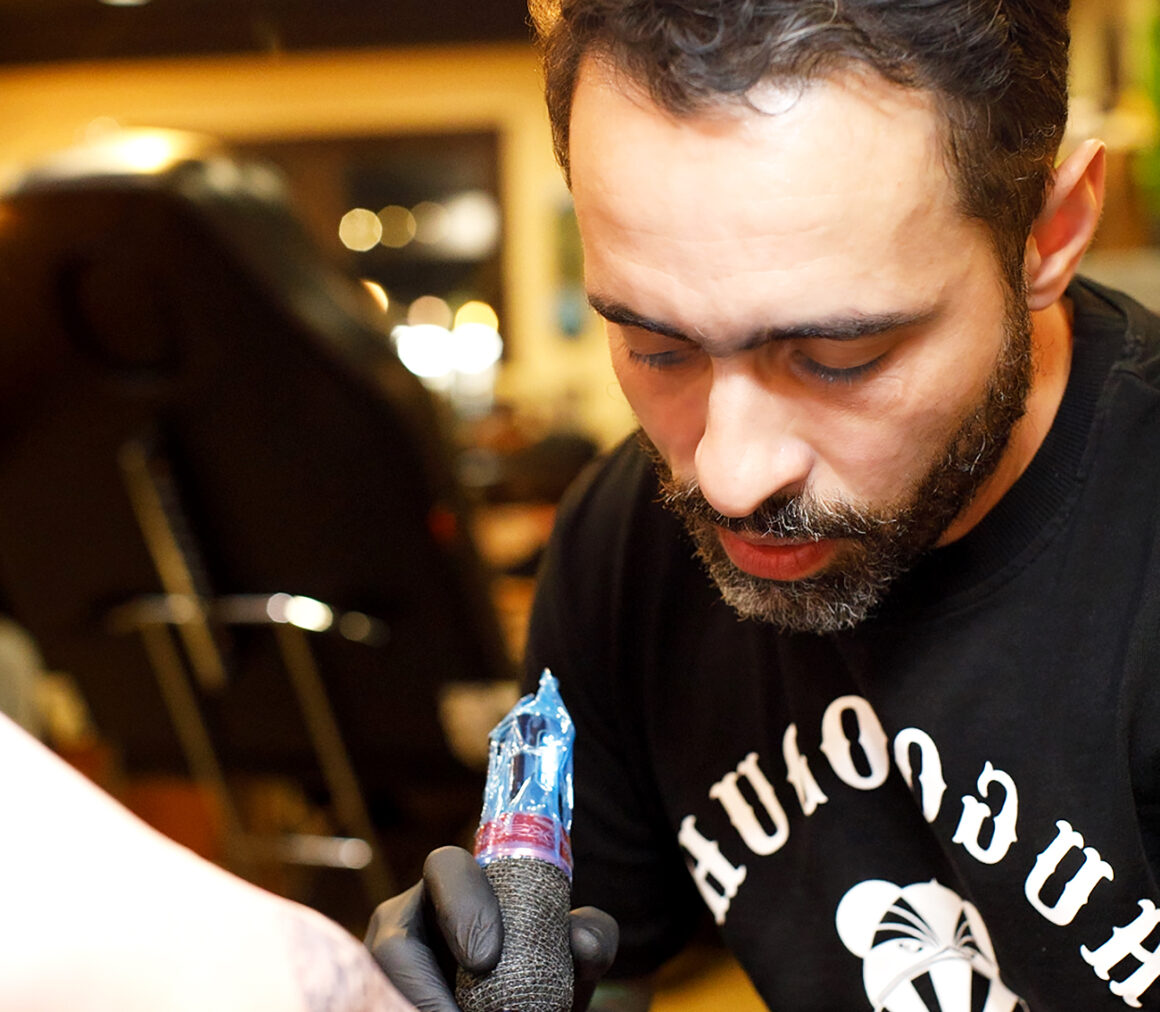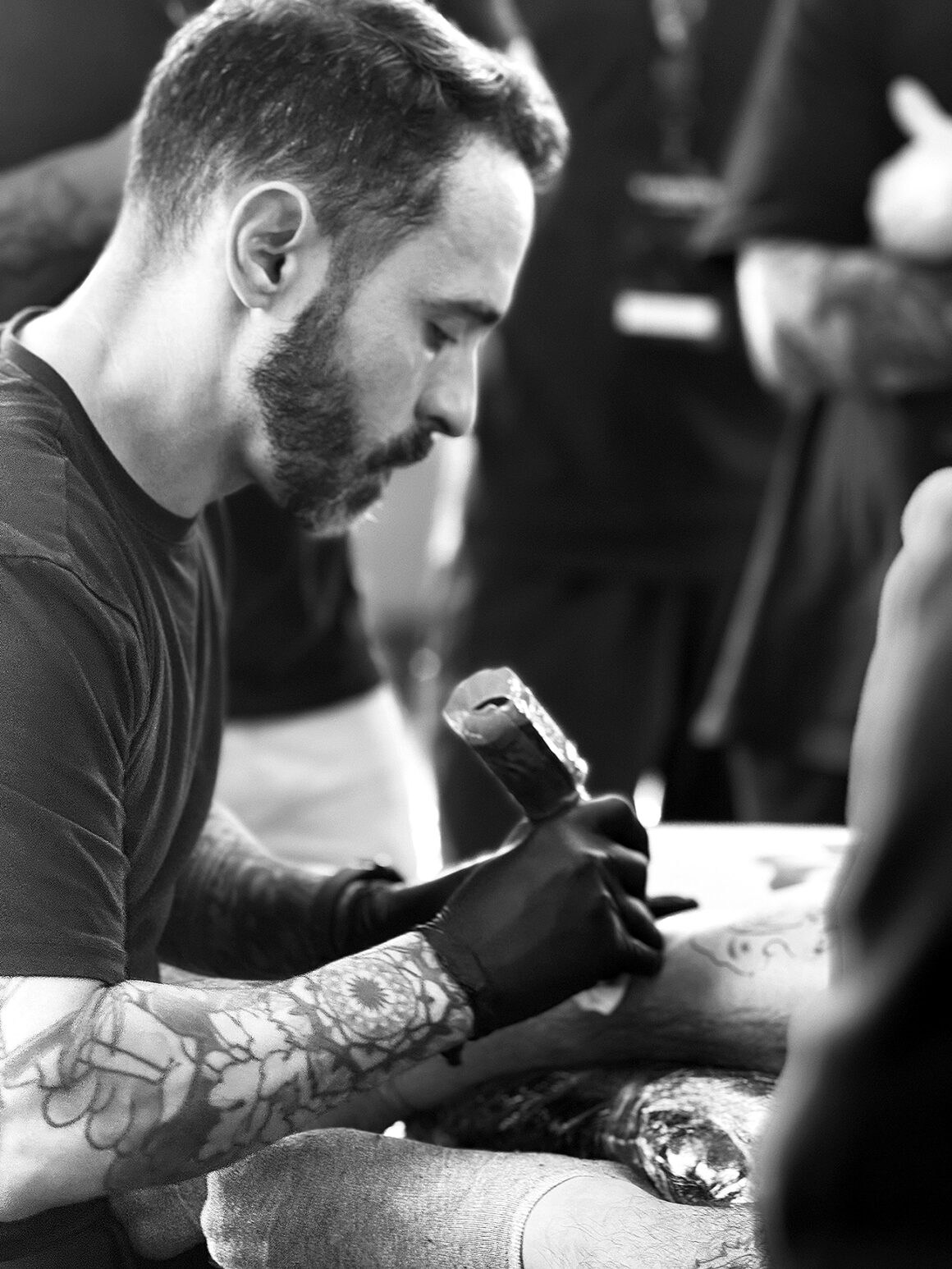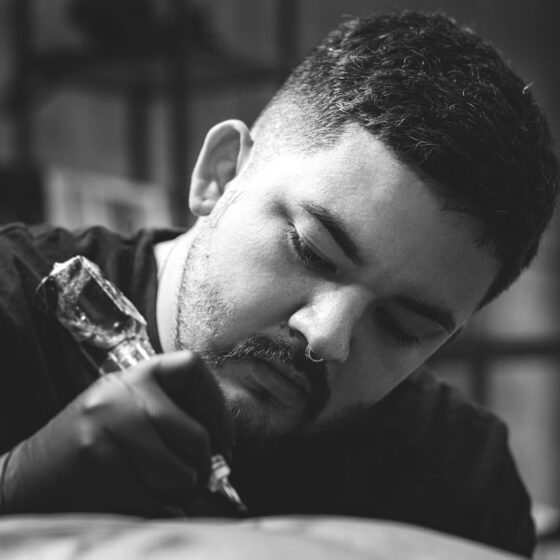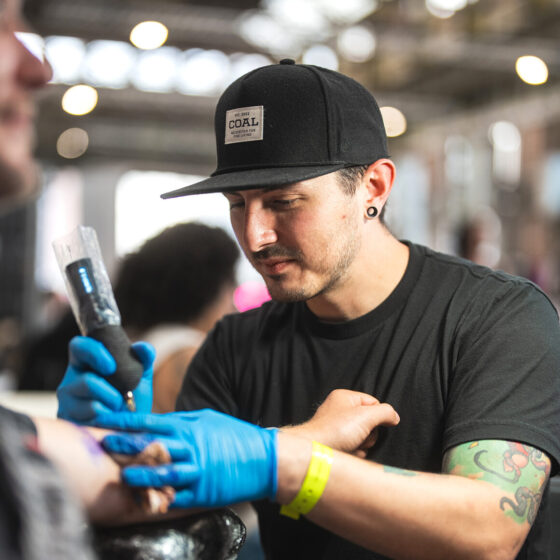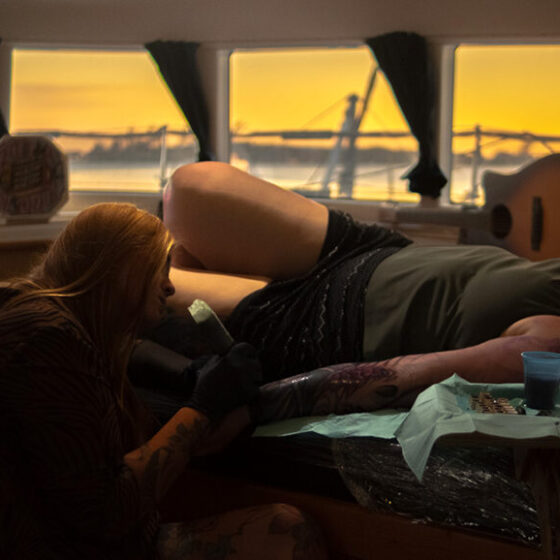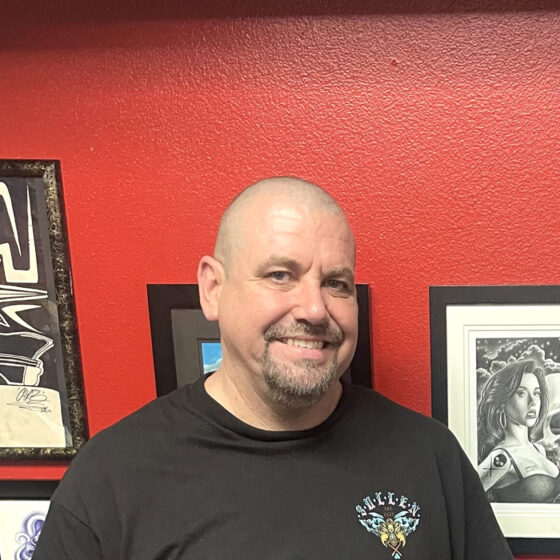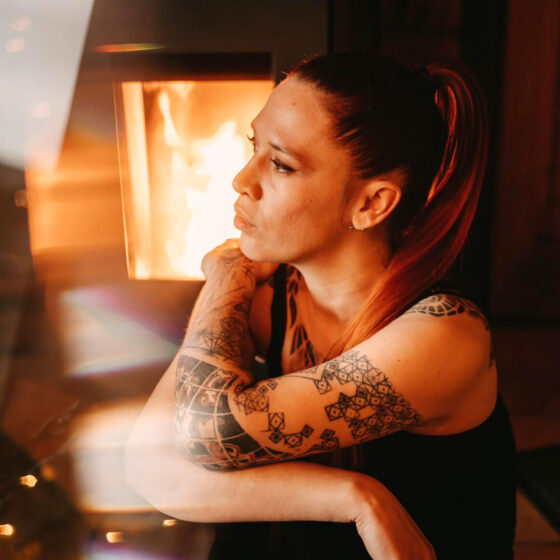Directly from São Paulo, Brazil, we meet Mario Art — a tattoo artist whose journey began with airbrushing and evolved into a deeply personal approach to black and grey realism. His work is influenced by encounters with great masters of the Japanese style, such as Maurício Teodoro and Ivan Szazi.
With decades of experience in drawing and a passion for detail, Mario has developed a signature style that captures not just aesthetic beauty, but the very soul of his clients. He works with light and shadow, focusing more on the flow of lines than on the subject. In this interview, he shares insights into his artistic background, creative process, and the vision behind his studio, Hideout Tattoo in São Paulo.

Hello Mario, welcome to Tattoolife.com. Would you like to tell our readers where you are from and where you work?
Hi! My name is Mario, but many people know me as Mario Art. That was the artistic name I used back when I worked with airbrushing, before stepping into the world of tattooing. I’m from São Paulo, Brazil, and for the past ten years, I’ve been working in my own space—Hideout Tattoo Studio.
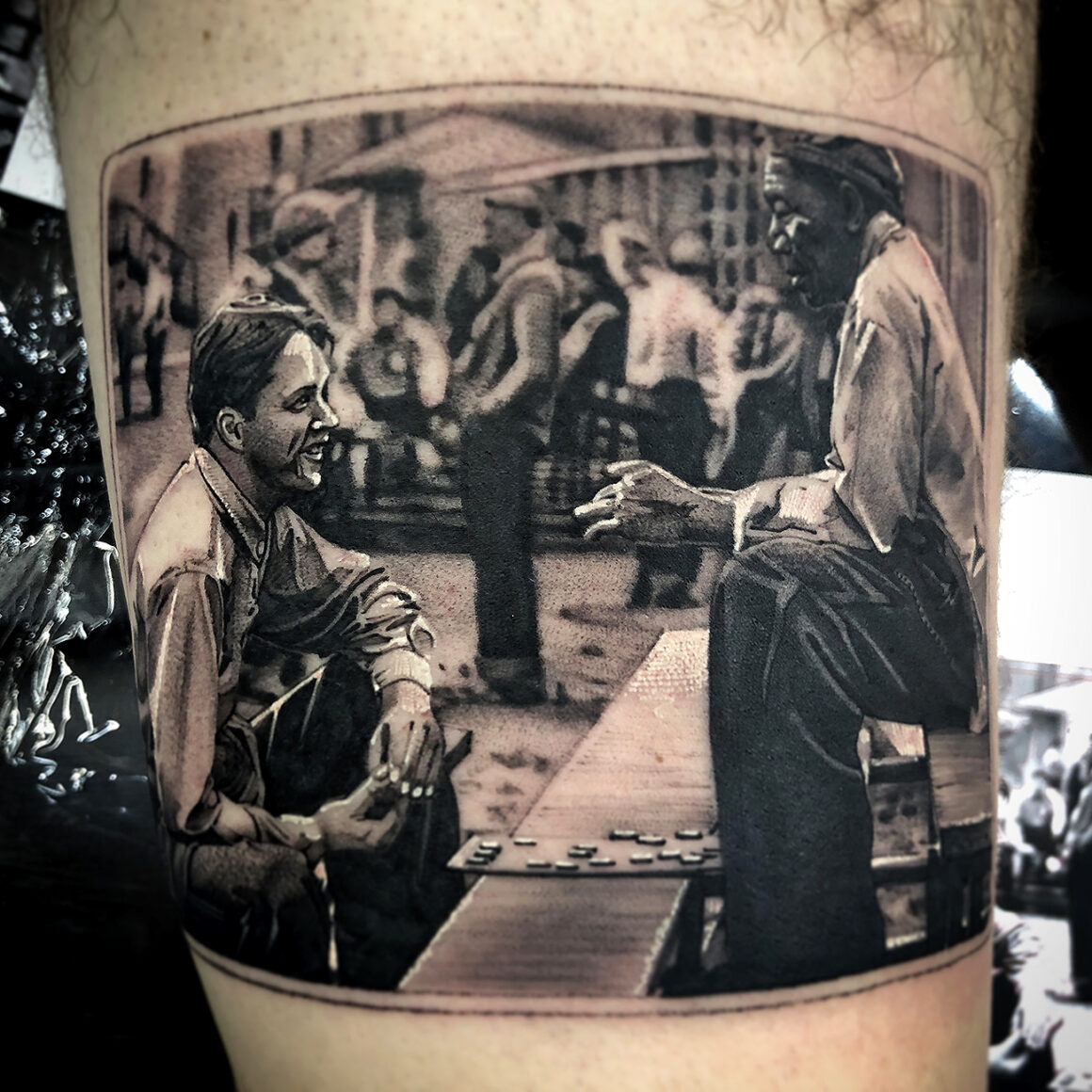
Your style is linked to realistic stories, whether they are portraits or more complex scenes, rendered in black and grey. To develop a style like this, it is undoubtedly essential to have expertise in drawing a wide variety of subjects. What is your background? Is it linked to art studies?
Realism has been with me since childhood. I’m 42 now, but I began formal drawing studies at the age of 12. That was when I realized that drawing wasn’t just a game, but something technical, professional, and deep.
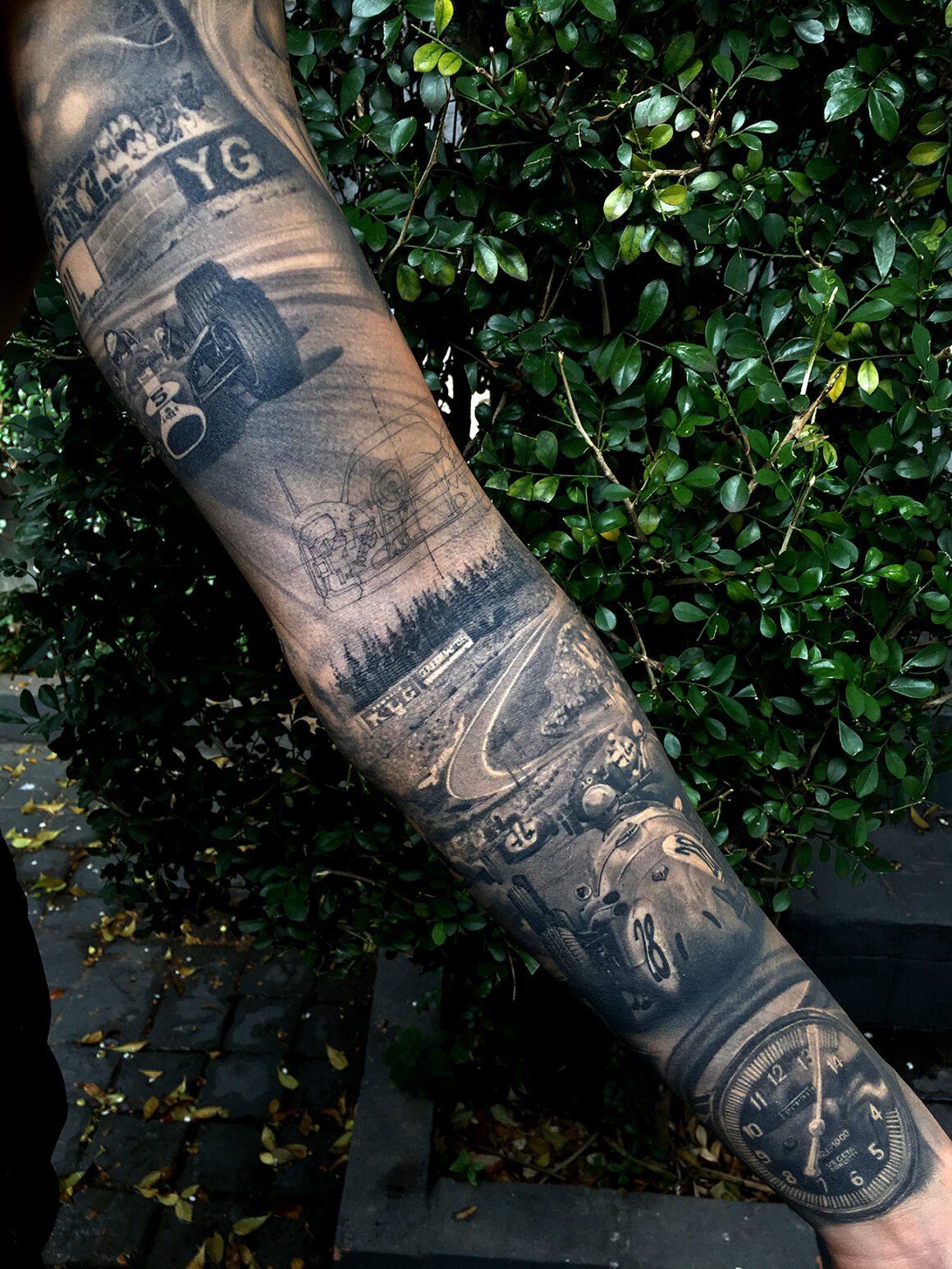
What always fascinated me was how realistic tattoos could captivate even people who weren’t into tattoos at all, especially in Brazil, where prejudice against tattooing used to be strong.
For me, the essence of realism lies in focusing on blocks of shadow more than on the image itself.
Sometimes knowing too much about the subject can actually make you distort it. So I prefer to build everything through the relationship between light and shadow. I really admire artists who manage to put their identity into the shadows, because that’s when realism becomes true art.
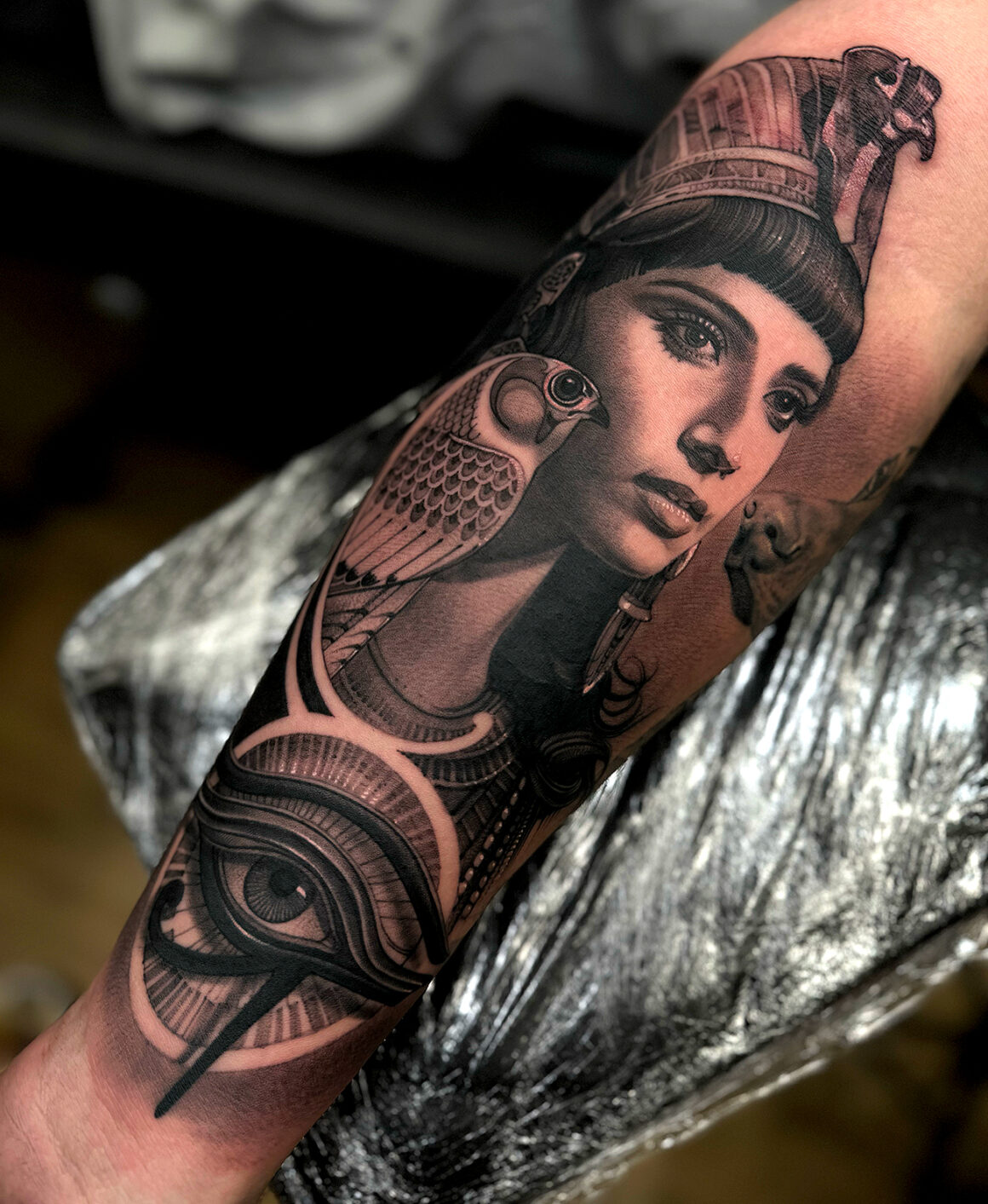
How do your tattoos come about? Is there an important exchange with your client?
Absolutely! That exchange is one of the most important parts of the process. I don’t think a simple “do whatever you want” is enough. Creative freedom must come with direction. I always have in-depth conversations to understand the client’s priorities. I like to imagine that we’re building a “box of ideas” together, where we store everything we discussed. From there, I follow their priorities but need the freedom to add or remove elements based on the composition’s needs.

Are portraits your favorite subjects? What aspect do you pay most attention to in this kind of subject?
Yes, definitely. Portraits are amazing. The faster you can capture a person’s expression, the more creative freedom you have to explore the rest of the composition. The expression is the soul of the portrait.
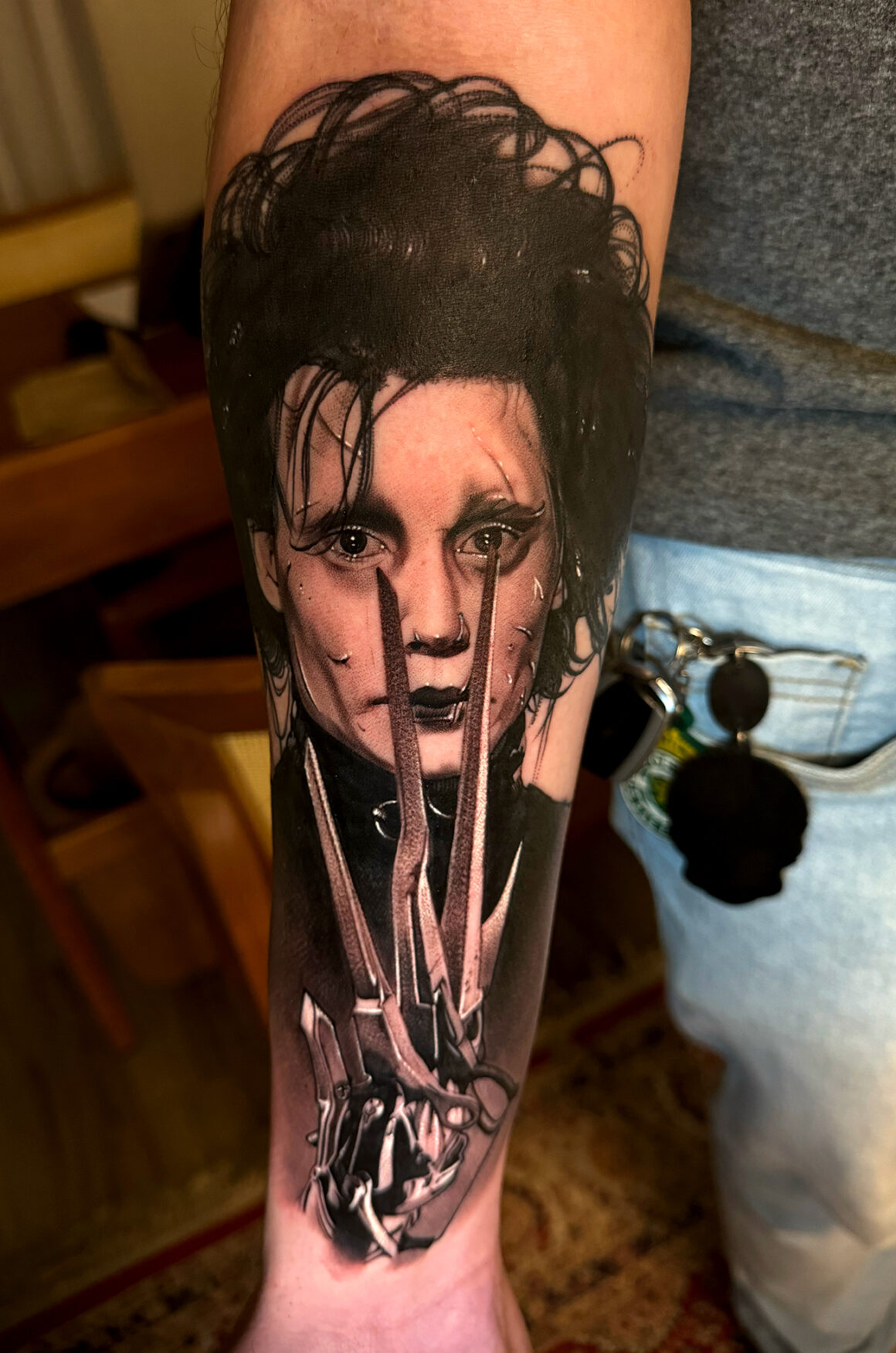
What other subjects are among your favorites, and where can you put more of yourself?
I’m quite versatile and have worked with many styles, but I have a deep admiration for Japanese-style tattoos. That admiration largely comes from the influence of the great master Maurício Teodoro, who I had the opportunity to learn from both directly and indirectly.
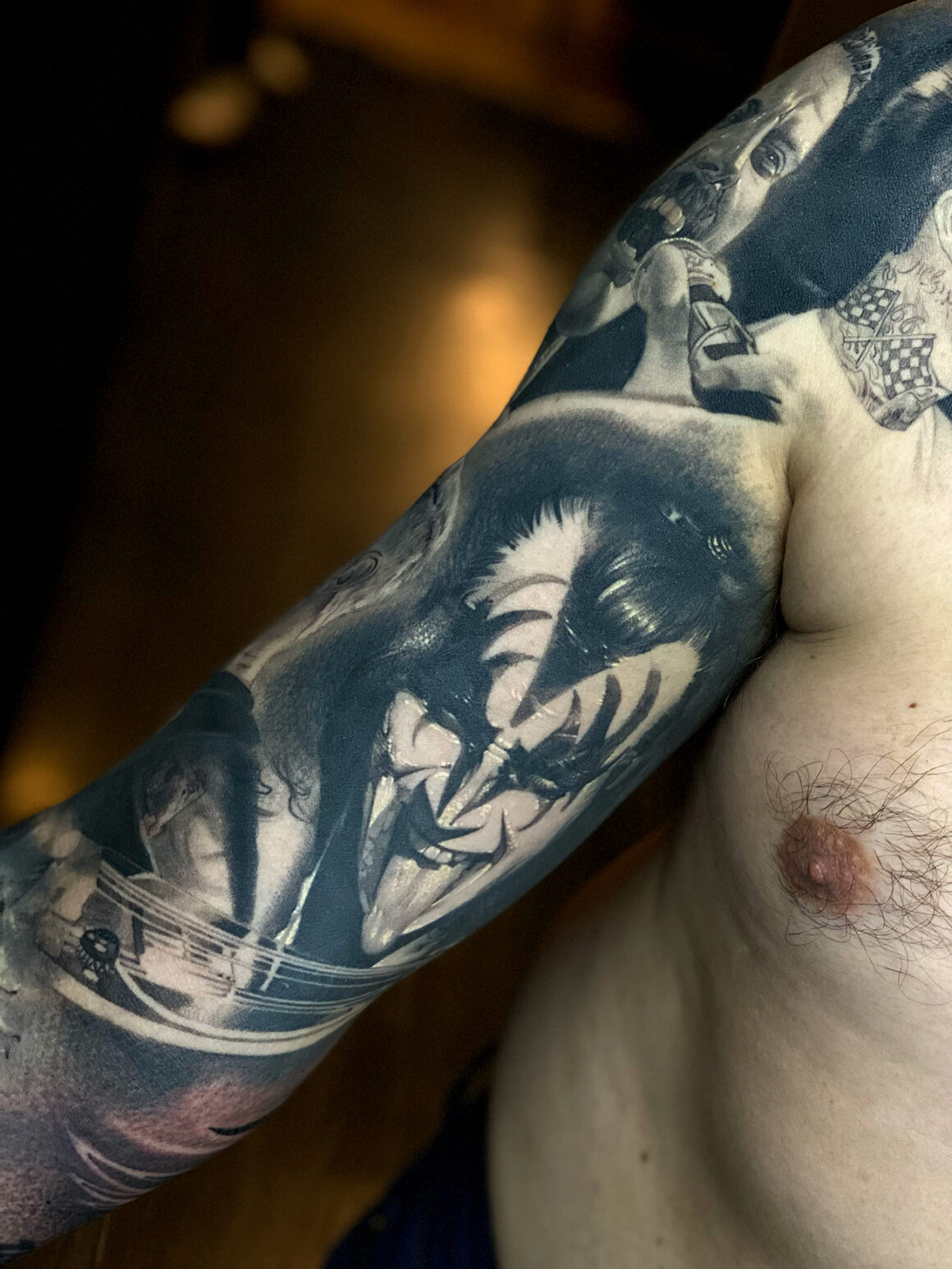
Working with him, including in a collaboration, and being tattooed by both him and Ivan Szazi were mind-opening experiences. They helped me break out of the “realism bubble” and understand tattooing as a broader art form, rich in tradition and endless possibilities.
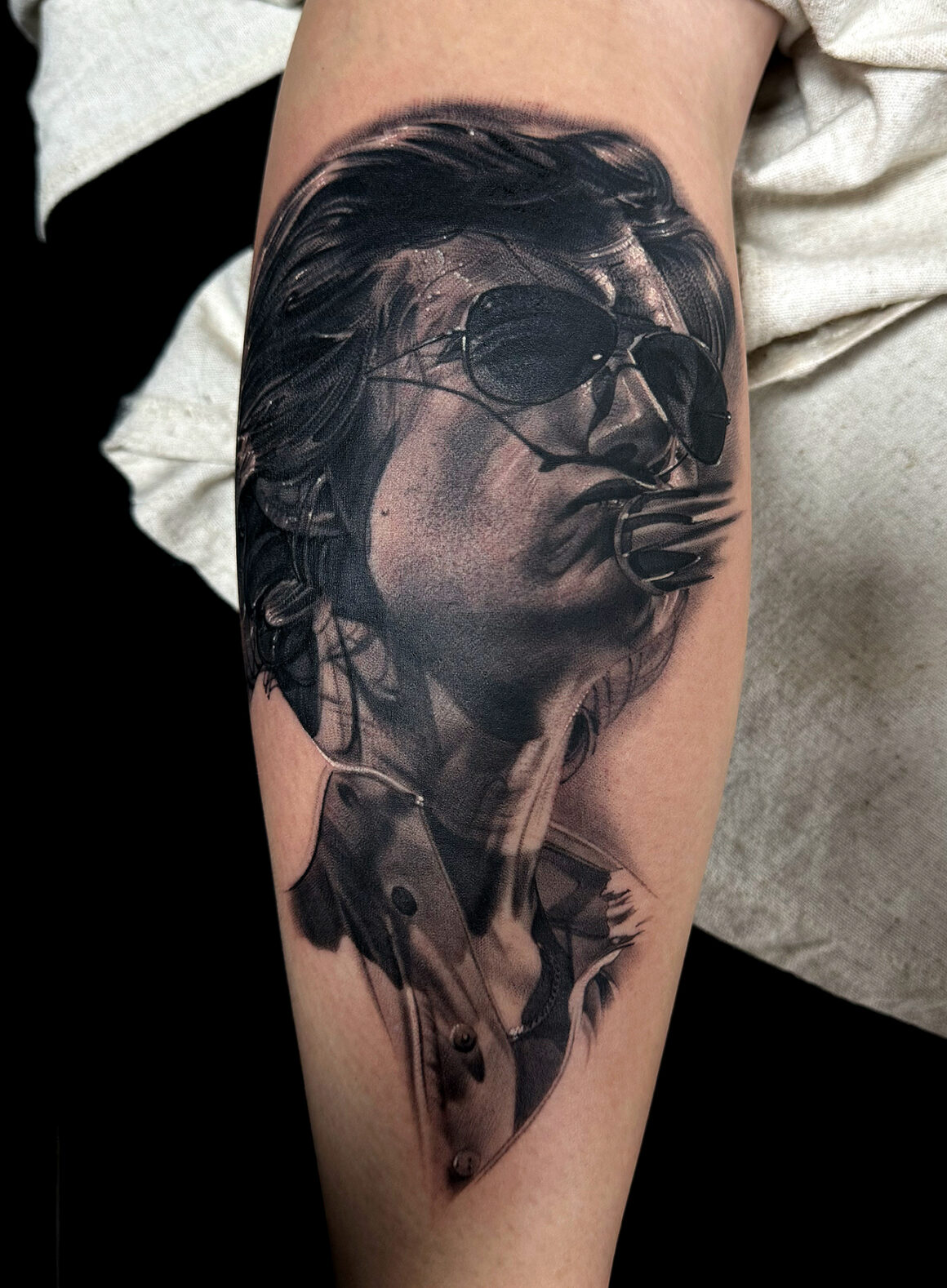
Let’s get back to your work experience. Have you always been in the same place in Brazil, or have you had the opportunity to work in different countries?
I’ve taken part in some international conventions, which were incredible experiences. I had the chance to meet and exchange ideas with artists I deeply admire.
That kind of interaction always brings growth, both technically and personally.
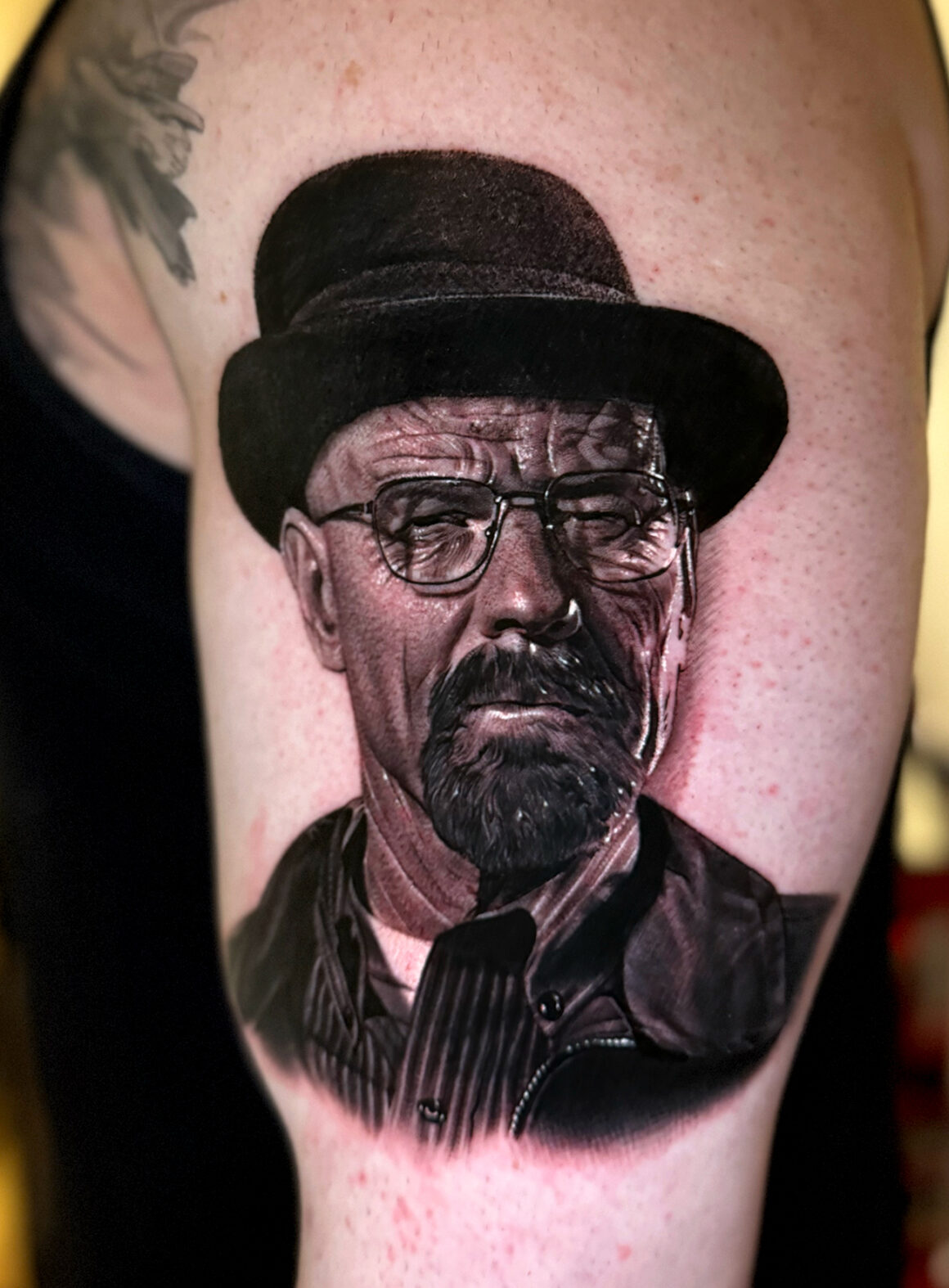
Where would you dream of working?
My dream was never tied to a specific place. It’s more about being surrounded by people who share the same passion. I love the exchange, the technical conversations, being with people who—regardless of skill level—are focused and committed to what they do. To me, what makes a place special is the people in it.
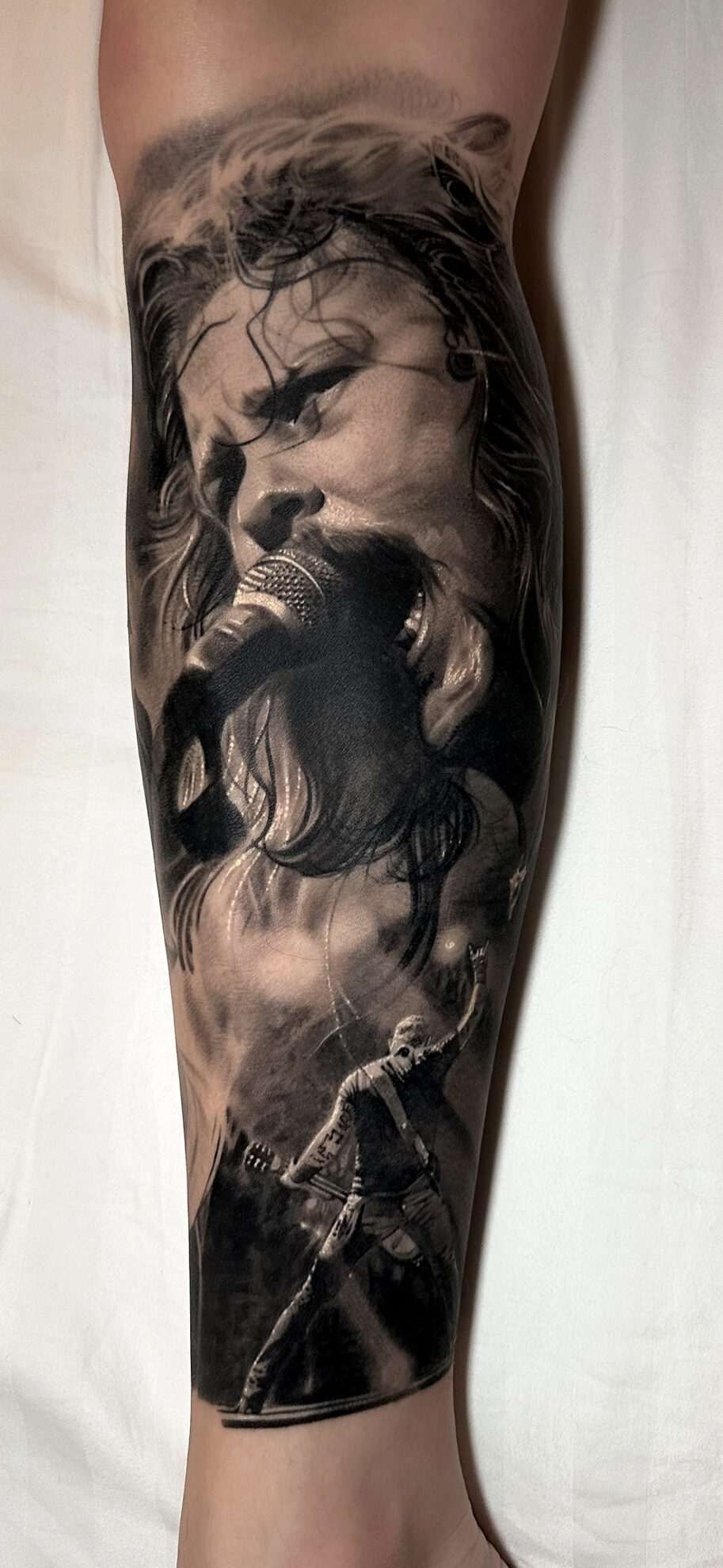
Let’s talk about Hideout Tattoo Studio, which you co-own. When did you open it, and with whom?
We opened Hideout in early 2016, my partner Gilliano and I. We had worked together at Tattoo You, one of São Paulo’s most traditional studios. I had been there for eight years when I felt it was time to open my own place. And without Gilliano’s partnership, none of it would have been possible. We ended up taking on a space much larger than we’d initially planned, but in the end, it all made sense. Over the years, we’ve had some amazing artists and teams working with us.
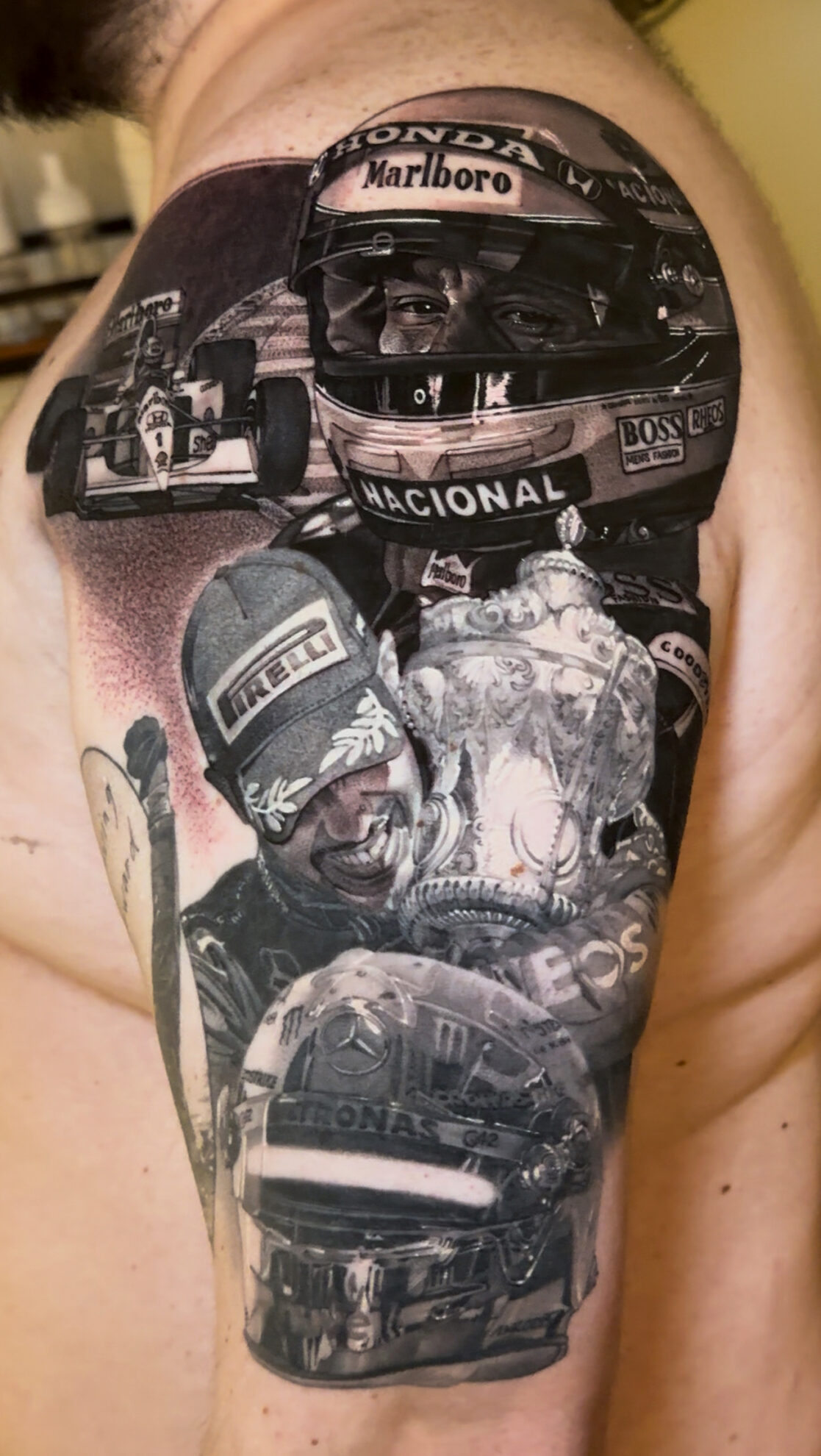
How did you set up your tattoo shop, and what kind of clientele do you have?
We were really inspired by private studios with a more artistic and client-centered approach. One of our biggest influences was Black Dragon, with legends like Maurício, Ivan, and Junior. What those guys did left a lasting mark on tattoo history in São Paulo.
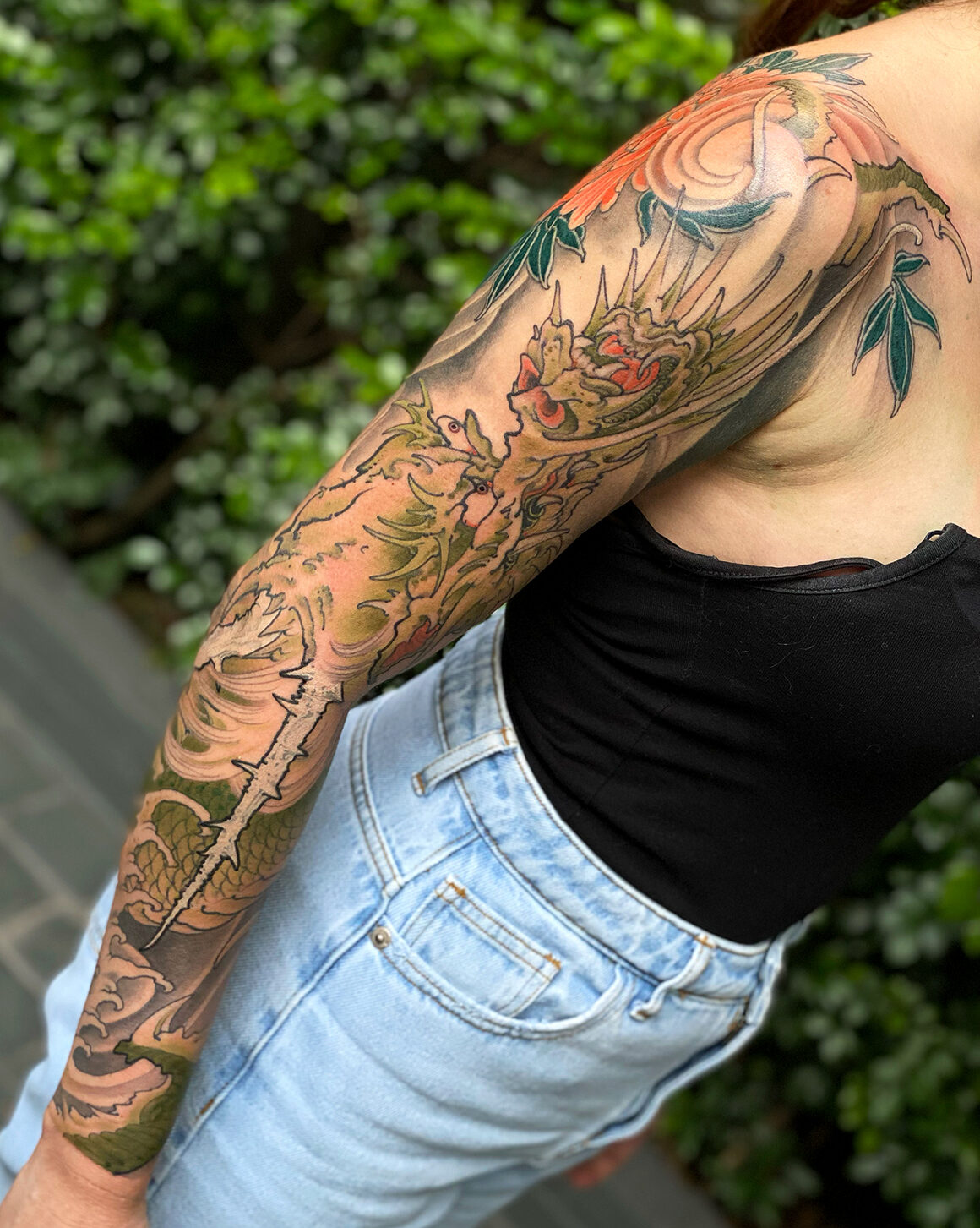
As for my clientele, I’ve been working in the same area for many years, always focused on making something that would look beautiful on skin for years to come. That helped me build a solid base of loyal clients—people who got tattooed by me 10 or 15 years ago and still come back. That’s a huge reward.
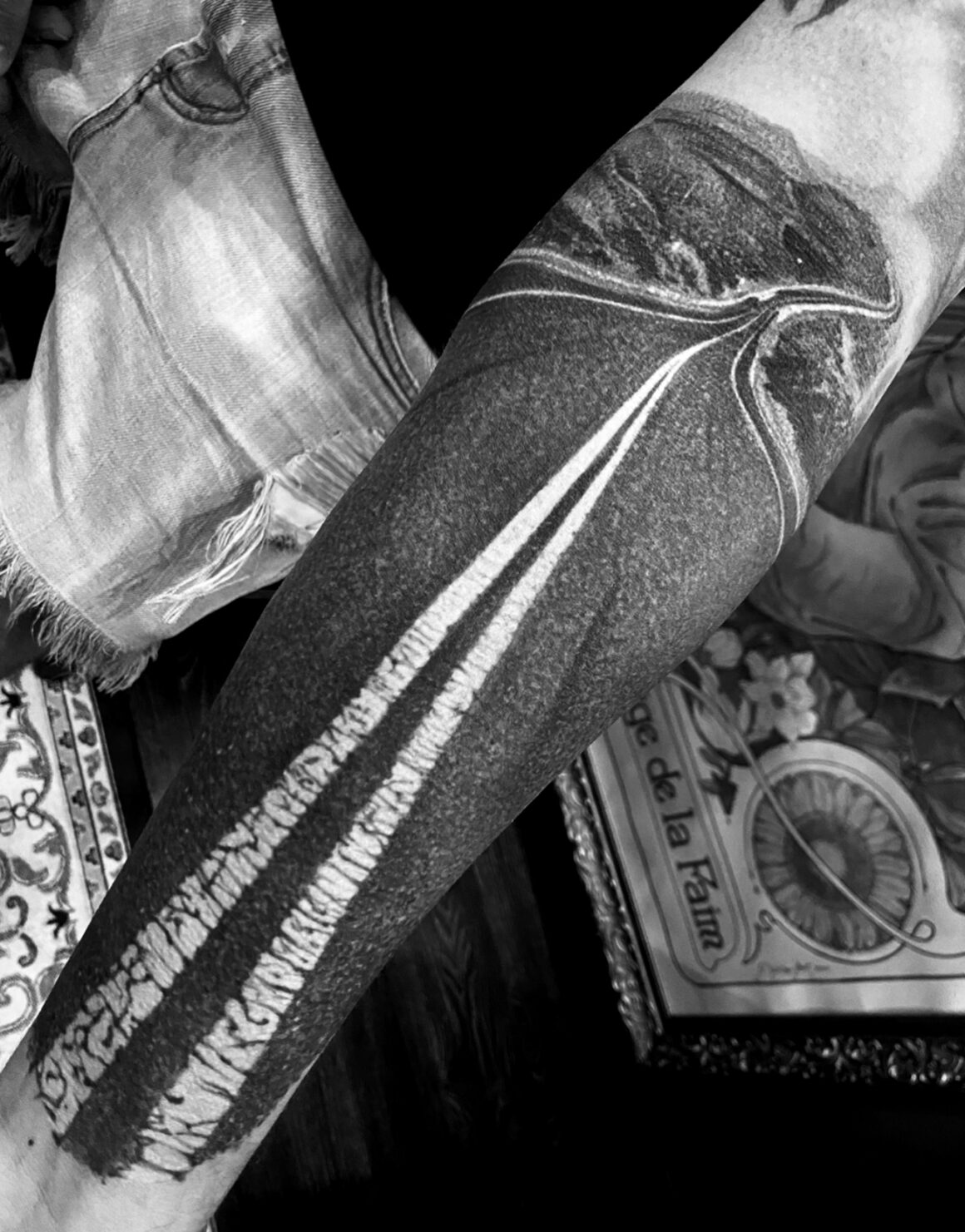
What projects do you have in mind as the next step in your career as an artist?
Lately, I’ve been dedicating myself to oil painting. I think anyone who loves realism eventually falls in love with painting on canvas. It’s challenging and fascinating. It’s another way to study light, shadow, and texture—but through a different language.
